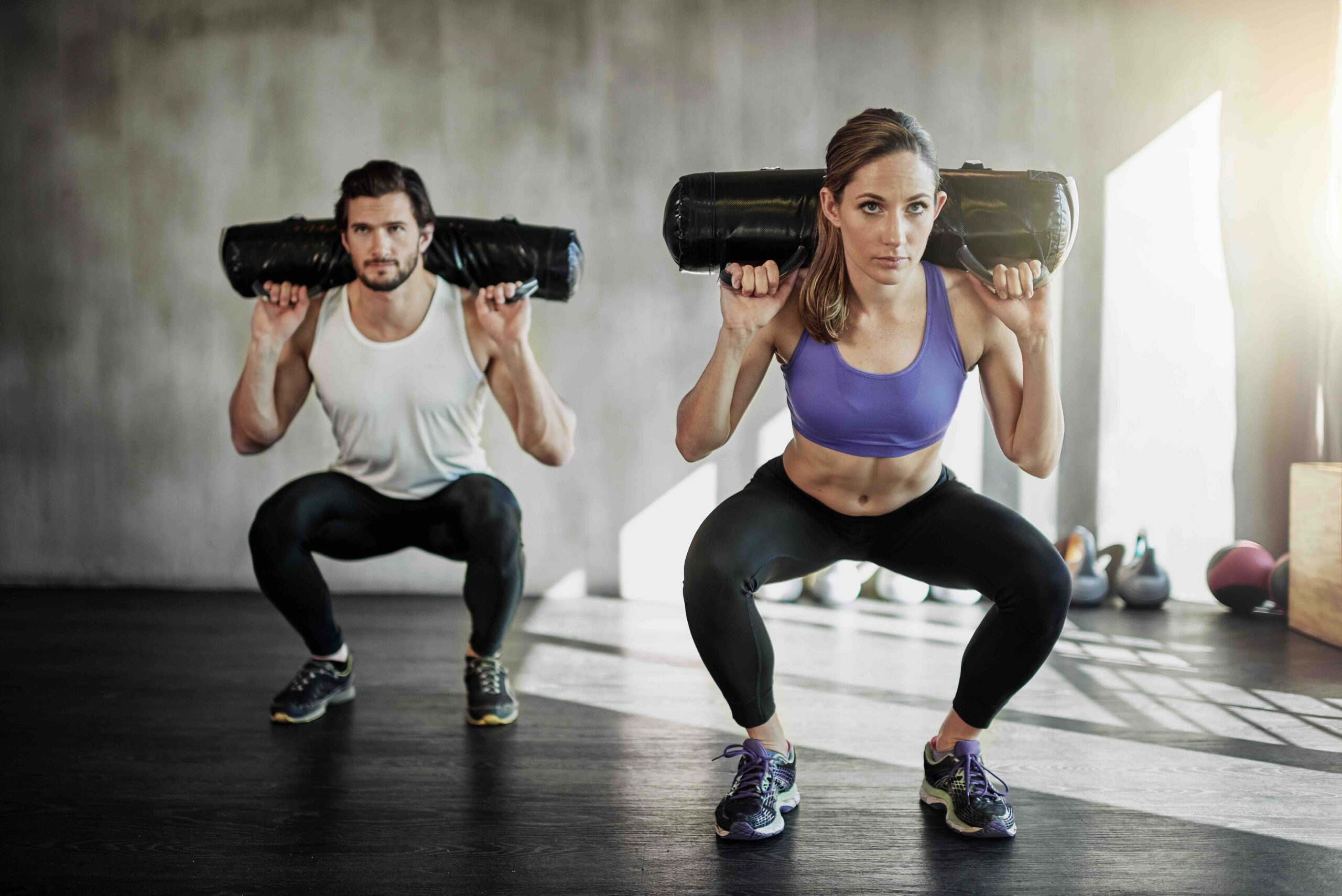
You have now considered strength training for running. Now you are thinking;
How should the programmed be designed?
What exercises are best for a runner?
How often do I have to workout?
Strength training for running uses the same framework as all other sports and sports injury recovery. The goal and current physical state of the runner will determine what to focus on and how intense to train.
The program would be going from general and overall strength training to very sports specific strength. Once the athlete has reached a certain level of general strength required for their sport, the goal then transitions to maintaining strength and focusing on improving the skill of the sport.
Why is strength training so beneficial for running, especially for running injury recovery?
Strength training can help improve running economy, defined as the energy demand at submaximal running speeds. This means you could increase speed and power across time and distances, delay fatigue, and improve recovery time, all by becoming stronger. And how does this happen?
1. Work capacity
Refer to as the ability for an individual or an athlete to perform physical work over a specific period. In the context of exercise physiology and athletic performance, it typically involves the following components:
– Strength Endurance: the ability to produce consistent strength outputs through muscular contractions over time.
– Cardiovascular Endurance: the efficiency of the heart, lungs and blood to carry and deliver the amount of oxygen required for the working muscle.
– Muscular Endurance: the ability to perform repeated muscular contractions against resistance
– Anaerobic Capacity: the ability to sustain high-intensity efforts when the body relies on anaerobic energy systems.
– Aerobic Capacity: The maximum amount of oxygen the body can utilize during intense exercise.
2. Proprioception
Referred to as the body’s ability to sense its position, movement, and orientation in space without the need for visual input. This requires the integration of sensory information from receptors in the muscles, tendons, joints, and skin to provide feedback to the central nervous system about body position and movement. For many it is very difficult to “feel” where they are in space, this is where strength training can help improve your awareness.
Taking a muscle through its active range of motion with resistance allows the muscle to provide continuous feedback to the central nervous system about the position of the joint. The more repetitions under load that the muscle is exposed to the more feedback the central nervous system receives. This leads to an increased awareness in limb positioning which can in turn be used to correct positioning on lighter resistance or body weight movements like running. As you become more advanced in strength training, your skill improves on an exercise and the movements become more efficient, the neuromuscular connection becomes stronger, faster and more efficient as well.
Preventing Repetitive & Overuse Injury
In a sport like long-distance running, the repetitive impact and motion tends to lead to several injuries like runners’ knee, hip pain, lower back pain and ankle pain. Many of these injuries happen as the runner fatigues and when the runner is less aware of the changes in running technique. With increased proprioception in performance, you can identify changes quicker and earlier in your run. With increased work capacity you can run further at a given pace without losing technical efficiency. Strength training helps reduce the risk of injury by increasing the athletes’ resilience to stress, work capacity, load baring, and proprioception
How should your strength training be structured?
High load training: higher speeds (>12km/h) with a high VO2max.
– 3 weight training sessions per week
– >80% 1 repetition max on primary exercises
– Exercise
o Squats – 80%-85%, 4 sets, 4-6 repetitions, 3–5-minute rest
o Deadlifts – 80%, 3 sets, 4-6 repetitions, 3–5-minute rest
o Plank with leg lift – body weight, 3 sets, 45 seconds, 1 minute rest
Plyometrics: lower speeds (<12km/h).
– Exercise
o Depth drops – max intensity, 30-45cm, 3 sets, 5-8 repetitions, 3-minute rest
o Single leg hops – bodyweight, 3 sets, 10 repetitions per leg, 1-minute rest
o Continuous hurdle jumps – bodyweight, 3 sets, 10 repetitions, 3-minute rest
Combination: benefits across speeds.
Your strength training should begin as a generalized program to introduce the new strength training modalities and limit excessive fatigue and injury, including running injury recovery. As you become more comfortable with your movements, the recommendation is that the strength training program should become more sports-specific and athlete-specific. Here at Fast-twitch Kinesiology, we will assess your current performance, strengthen injuries and weak points, and continuously make your training program more specialized.
If this interests you, please contact us to take your performance to the next level.
Reuben Corpeno
Registered Kinesiologist
Fast-Twitch Kinesiology